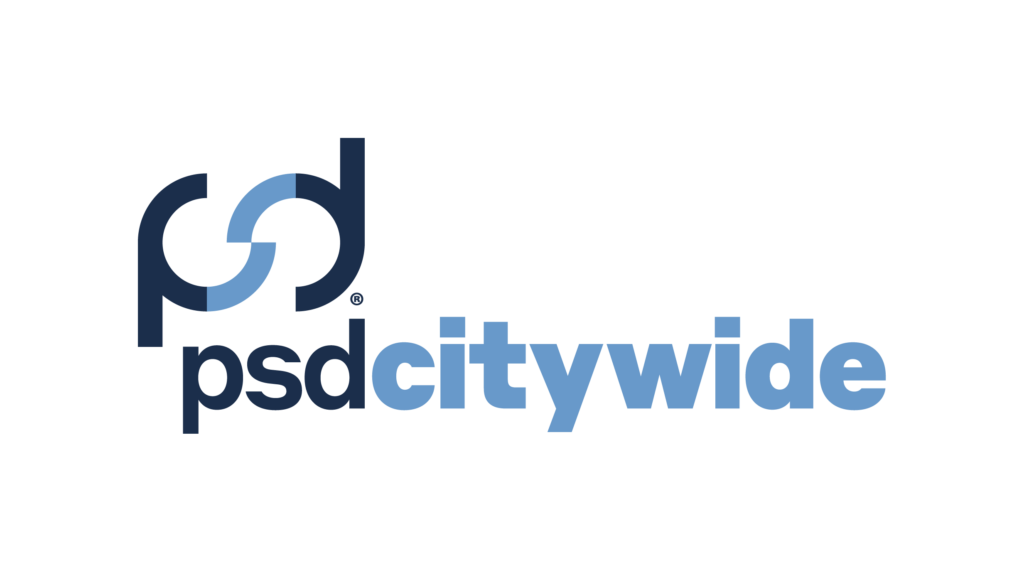Implementing a computerized maintenance management solution (CMMS) is a strategic decision that has the potential to revolutionize how municipalities oversee and extend the life of their community assets. However, it’s important to recognize that the path to successful implementation of any CMMS software is paved with considerations that demand careful attention. From understanding the changes involved to securing continued sponsorship from senior management, we’re highlighting six key considerations to guide municipalities through initiating a seamless and impactful software integration.
Six Considerations Before Implementing a CMMS
- Assessing Change Readiness
Understanding the changes that come with implementing a CMMS solution begins with a thorough readiness assessment. Municipalities considering the adoption of maintenance software must first secure buy-in from key stakeholders such as council members, funding partners, and the rest of the internal staff who will be using the platform. The critical step in this process is identifying the specific factors essential for garnering support, including recognizing the challenges that may hinder a smooth transition. One major aspect is human capital, which encompasses issues such as staff retirement, the retention of employees, and concerns related to remote work.
The importance of good data cannot be overstated whenever you’re transitioning to a new system. Serving as the foundation for operational and strategic planning, data must be treated as a vital asset. As part of your readiness assessment, data governance – the process of managing the efficiency of your data – will ensure that your internal resources are consistent and trustworthy. Moreover, enforcing departmental standards for data review, quality assurance, and quality control practices is essential for orchestrating accurate maintenance routines and processes.
That being said, collecting accurate information and understanding it internally is only half of the battle. Feeling confident and comfortable with sharing community data in a digestible and transparent manner is a complementary step. By presenting data on an open platform and highlighting some of the expected benefits a maintenance solution offers, municipalities can empower community stakeholders with knowledge and insights into decision-making processes. This comprehensive approach ensures that the changes involved with implementing maintenance management software are well-understood and effectively managed from the outset.
- Get Support from Key Stakeholders
After ensuring your community has a strong technological foundation and an understanding of the work involved in transitioning to a CMMS, the next step is securing support from key stakeholders by effectively conveying the expectations and benefits. If a rural municipality is facing rapid population growth, presenting persuasive data points about projected service needs can illustrate how a CMMS relieves stress around staff capacity by streamlining administrative processes. In this case, it’s imperative to transfer previous responsibilities and knowledge into an adaptable system to facilitate a seamless transition for the next workforce generation.
While often overlooked, municipalities need to remember to involve field staff from the beginning phases, as adopting maintenance software creates more opportunities for remote work and allows for flexible and paperless field inspections through the use of mobile apps. Building a coalition of support by involving the right people ensures complete buy-in, making the implementation process smoother.
- Embrace Phased Processes
To negate the sense of overwhelming stress that typically accompanies sudden departmental changes, opting for an iterative or phased process is paramount in the successful implementation of your CMMS. This gradual implementation allows for continuous adaptation and refinement, ensuring that each phase is thoroughly assessed before moving on to the next.
It’s essential to be clear on both short and long-term objectives for your CMMS, enabling the construction of a manageable plan consisting of small, achievable steps. This clarity ensures that milestones are set and progress is measurable. Additionally, asking questions such as “Have you clearly defined the need that is driving the organization to consider implementing the change?” aids in setting these objectives. By taking smaller, manageable steps, municipalities can gauge the impact of the maintenance solution, address any emerging challenges, and fine-tune the system according to evolving needs. This approach not only mitigates the risks associated with large-scale transformations but also promotes a more organic and sustainable integration of the CMMS into the existing operational framework.
Through careful planning and a phased rollout, municipalities can navigate the complexities of change management more effectively, maximizing the benefits of their maintenance software solution while minimizing disruptions and steering clear of the pitfalls associated with a disruptive “big bang” approach.
- Take Ownership
Collaborating effectively with vendors is essential to ensure that municipalities can independently manage and optimize the system they implement. This is where Citywide Maintenance stands out, as its user-friendly interface is designed with flexibility at the forefront so that users can configure the system to meet evolving needs.
In contrast to other software systems that often necessitate continuous assistance from robust tech teams, Citywide Maintenance empowers municipalities to take control, enhancing autonomy and efficiency in system management. This approach not only streamlines operations but also reinforces the municipality’s ability to harness the full potential of the CMMS on their terms.
- Move from Project to Program
Transitioning from a project to a program involves ongoing engagement with the vendor and a commitment to keeping up with the rapidly evolving landscape of maintenance software, ensuring the sustainment of change. This is particularly relevant in the era of cloud-based programs that regularly introduce updates and enhanced features. By actively participating in user groups and staying informed about system advancements, municipalities can capitalize on the benefits of a dynamic, ever-evolving CMMS.
Cloud-based systems provide a significant advantage over their server-based counterparts, offering continuous improvements and adaptability to emerging needs. This ensures municipalities remain at the forefront of technological advancements, optimizing their CMMS processes to meet evolving challenges. Regular updates not only enhance system performance but also equip municipalities with the latest tools and functionalities, allowing them to best serve their communities by leveraging the full potential of the software system.
- Ensure Senior Management Sponsorship
Senior leaders play a crucial role in providing the necessary resources, support, and guidance to guarantee the sustained success of your community’s maintenance software system. Their commitment fosters a culture of continuous improvement and resilience, ensuring that the benefits of the maintenance software endure even through staff turnover.
This sponsorship becomes a linchpin for the integration of CMMS practices into the organizational fabric, promoting a cohesive and effective approach to maintenance management over the long term.
Final Takeaways
The successful implementation of a CMMS depends on a comprehensive approach encompassing the six key considerations described above. From understanding the change involved, garnering support from key stakeholders, adopting an iterative process, taking ownership of the system, transitioning from project to program, and securing senior management sponsorship, these considerations collectively form the foundation of a seamless and effective software integration.
By addressing these considerations thoughtfully, municipalities can navigate the complexities of implementation, optimizing the use of maintenance software to enhance service delivery, streamline processes, and adapt to the evolving needs of their communities.



